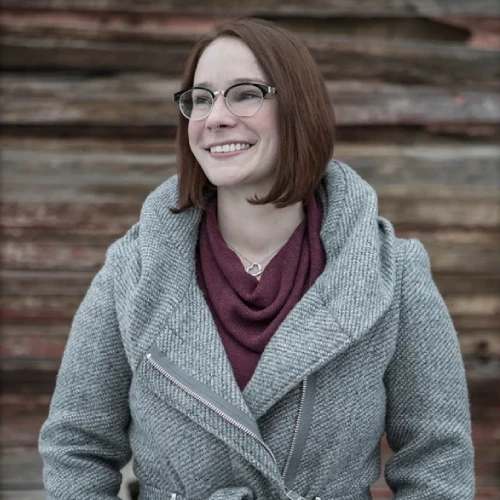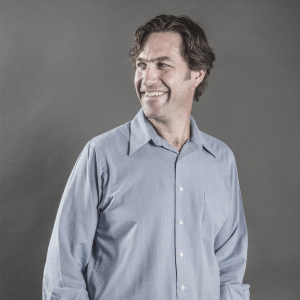In the complex world of property development, making informed decisions is crucial. This is where architectural feasibility studies come into play, offering a detailed assessment of a project’s practicality and suitability. For instance, in a recent commercial project, an architectural feasibility study revealed that the proposed site was prone to flooding, leading to a decision to relocate the project. By examining site conditions, regulatory requirements, financial considerations, and design constraints, these studies provide a comprehensive overview that helps mitigate risks and optimize success.
Architectural feasibility studies are fundamental in both residential architecture and commercial projects. They balance desired outcomes with practical realities, ensuring that every aspect of the proposed development is thoroughly evaluated. These studies are essential for property developers and clients like you, providing clear information to move forward confidently.
Understanding Architectural Feasibility Studies
Architectural feasibility studies assess the practicality of proposed property development projects. Architects conduct these studies to evaluate site conditions, regulatory compliance, projected financial requirements, and design constraints. They help developers and clients like you reduce risks and improve the chances of a successful project.
Here are the key components of an architectural feasibility study:
- Site Analysis
A thorough site analysis considers location, topography, access, and environmental factors. It identifies potential challenges and opportunities related to the site. This tool allows clients to compare multiple sites. - Regulatory Review
This component ensures the project complies with local zoning laws, building codes, and other relevant regulations. It helps avoid legal issues and delays. - Financial Assessment
Accurate financial calculations estimate project costs and potential returns. This analysis includes construction costs, operational expenses, and revenue projections. - Design Evaluation
Architects review design concept proposals to ensure they meet functional and aesthetic goals. They consider factors such as layout, materials, and sustainability. - Risk Analysis
Identifying potential risks, such as site contamination, unforeseen conditions, or market fluctuations, helps developers plan mitigation strategies. Early detection can save time and money. - Market Feasibility
This element examines market demand, competition, and economic trends. It assesses whether the project aligns with current and future market conditions. - Sustainability Assessment
Evaluating environmental impact and sustainability practices is crucial. This assessment includes energy efficiency, solar orientation, water usage, and waste management. - Stakeholder Consultation
Engaging with stakeholders, including neighbors, local businesses, and regulatory bodies, builds support and addresses concerns early. - Operational Feasibility
Assessing how the project will operate post-construction ensures practicality. This study includes maintenance and personnel requirements. - Technology Integration
Integrating advanced technologies can improve efficiency and user experience. This step includes evaluating cutting-edge smart building systems and energy management tools.
The Process of Conducting a Feasibility Study
Initial Site Analysis
Architects start the feasibility study with a site analysis. They observe the location, noting access points, topography, natural attributes, and existing structures. They evaluate utilities like water and electricity availability. They consider environmental factors to identify historic and natural features that require conservation and potential constraints, such as flooding risks.
Market Analysis and Demographics
Market analysis helps developers understand the target audience and current demand. This includes assessing local demographics, income levels, and lifestyle preferences. Competitor analysis reveals market gaps and highlights opportunities. Developers can tailor the project to meet market needs, increasing its value.
Regulatory and Environmental Considerations
Regulatory compliance is essential. Architects review zoning laws, building codes, design covenants, and environmental regulations that might impact the project. They consider potential ecological impacts and consult with regulatory bodies. This step ensures legal compliance and helps avoid future liabilities.
Financial Analysis and Budgeting
Financial analysis determines the project’s viability. Architects and consultants estimate costs, including land acquisition, construction, and potential operational expenses. They compare these costs to the projected revenue to assess profitability. Budgeting and appropriate contingencies ensure the project stays within financial limits, reducing risks of cost overruns.
This structured process provides a clear path, helping developers navigate complex factors effectively.
The Role of Professionals in Architectural Feasibility Studies
Planners and architects play a crucial role in architectural feasibility studies. They assess zoning regulations, design preliminary layouts considering factors like Gross Floor Area Ratio (GFAR), and determine the project’s compliance with local laws. They focus on land use, density, and efficient space utilization while ensuring adherence to minimum setback requirements set by governing bodies.
Architects, engineers, and surveyors offer essential technical evaluations by identifying site constraints such as geotechnical challenges, infrastructure needs, and environmental issues. Surveyors provide precise land measurements to aid developers in understanding the site’s dimensions and topography. Structural, Civil, M.E.P., and Soil Engineers assess construction feasibility, required resources, environmental impacts, and infrastructure needs such as electricity, plumbing, and road access.
Legal and financial consultants ensure compliance and feasibility in projects. Legal advisors navigate building legislation and zoning restrictions, mitigating risks of delays. Financial consultants perform cost analyses to identify expenses and budgetary constraints, offering solutions like cheaper materials or design changes, ensuring the project remains viable and profitable.
Timing and Costs
Optimal Timing for Undertaking a Study
Engaging in an architectural feasibility study at the right moment is crucial for a project’s success. The ideal time is during the early stages of project planning. This phase involves understanding site conditions, regulatory constraints, and market demands. Conducting the study early helps identify potential challenges and opportunities, guiding informed decision-making and strategic planning.
Estimated Costs and Funding Options
The cost of a feasibility study architecture can vary depending on the project’s scope, complexity, and location. These studies involve detailed analyses, site evaluations, and preliminary designs, affecting the overall cost. Funding can come from the developers themselves or through subsidies from architects if future collaboration is expected. Including these costs in the initial project budget ensures comprehensive planning and prevents unforeseen expenses.
Benefits of Conducting a Feasibility Study
Feasibility studies enable developers to identify and address potential risks early, reducing delays and legal disputes. By analyzing site viability, market conditions, and financial projections, they provide crucial data for informed decision-making. As an integral part of the architecture design process, these studies support strategic planning by optimizing project layouts according to design options and local regulations, maximizing efficiency and return on investment.
Conclusion
Architectural feasibility studies are essential to successful property development. They comprehensively evaluate site potential, regulatory requirements, and financial viability. Engaging professionals early in the project planning ensures a thorough assessment, mitigating risks and optimizing decision-making. By investing in these studies, developers can navigate challenges more effectively, leading to smoother project execution and enhanced returns. The strategic insights from feasibility studies ultimately pave the way for well-informed, data-driven development decisions, setting the foundation for project success.













